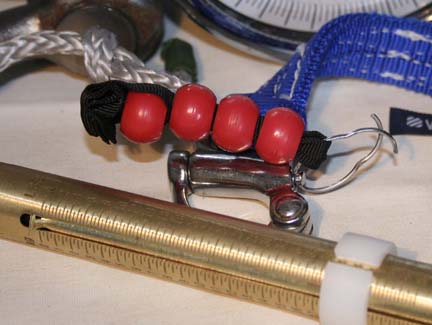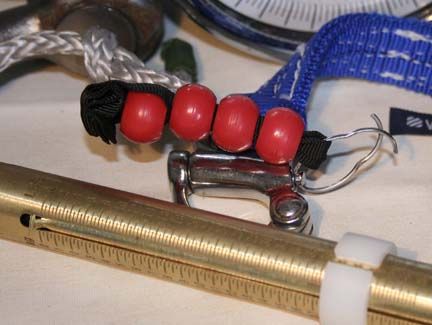While there is no evidence yet that the fatal sailing accident in the Chicago-Mackinac Race this week is linked to a safety tether problem, it is not unreasonable to suspect that the difficulty involved in releasing safety tethers may have been a factor.

Sadly, the accident happened just as Practical Sailor was wrapping up another test of tether release mechanisms. An investigation into the tragedy is ongoing, but according to reports in the Detroit Free Press, the 35-foot sloop WingNuts capsized during in a fierce storm that struck during the race. WingNuts captain, Mark Morley, 51, and his girlfriend, Suzanne Bickel, 41, were found drowned while still tethered to their boat. Six other crew members were pulled from the water.
PS readers will recall that we repeated our warnings about problems with the existing release mechanisms back in 2009, and one of these reports ultimately led to therecall and redesign of one safety tether.
These are now the fourth and fifth fatalities in recent years in which safety tethers have been raised as a possible contributing cause of death. In some cases, such as sailor Sally Gordons death in the Flinders Islet tragedy in Australia, the link has been speculative. Others, such as the death of Harvey Schlasky in the 1999 Double-handed Farallones Race, are more obviously linked to tether design and use. These are just the most highly publicized deaths. There may be others that were not so widely reported.
Although it has become evident that the existing release mechanisms are problematic, safety sailing experts have instead been concentrating on other design issues. Racing sailors are now recommended to switch to ISAF-compliant tethers with load indicators in the tethers, such as those used by tree-climbing arborists. These flags indicate that a tether has been overloaded and should be replaced-an expensive solution looking for a problem, in our view. Crotch straps are now recommended, and tethers with the unreliable carabiner-style gate-hooks that ISAF warns against are still available on store shelves. (See also the “View PDF” link below.)
There is a lot to be said on this topic, so please stay tuned for our full report in the September issue. In the meantime, when you’re on board, carry a sharp knife and know how to use it . . . blindfolded and hanging upside down. Do not expect any of the existing safety tethers to release safely and easily under load. For a quick and dirty test of your tether’s release, put your full body weight (or as much as possible) on your harness-tether while wearing it, and see if you can release yourself from the tether. If you sail in cold areas where you sometimes wear gloves, try it that way, too.



































